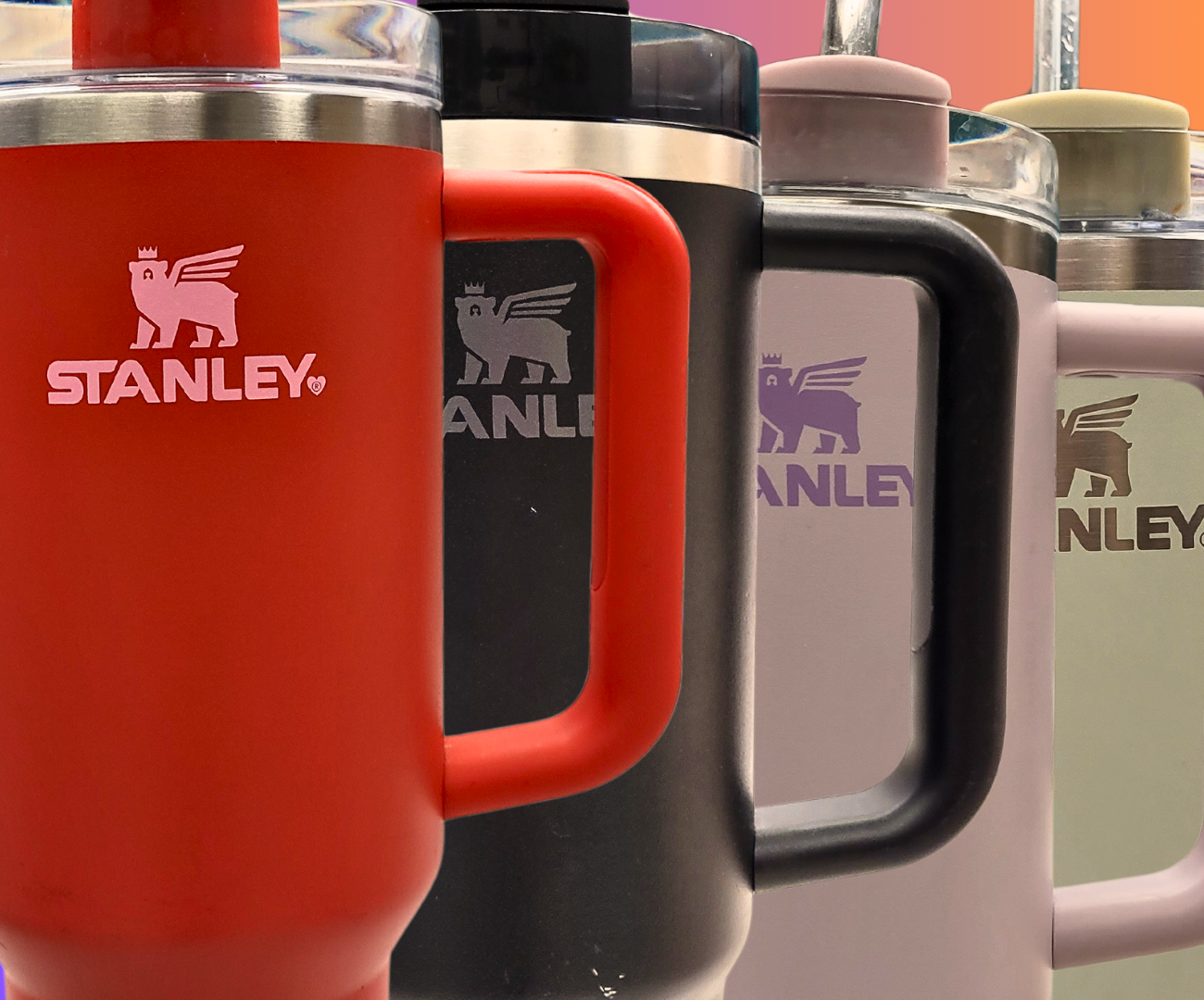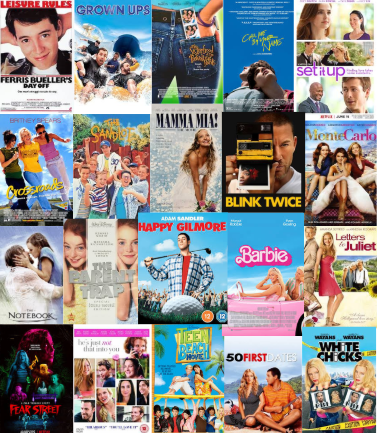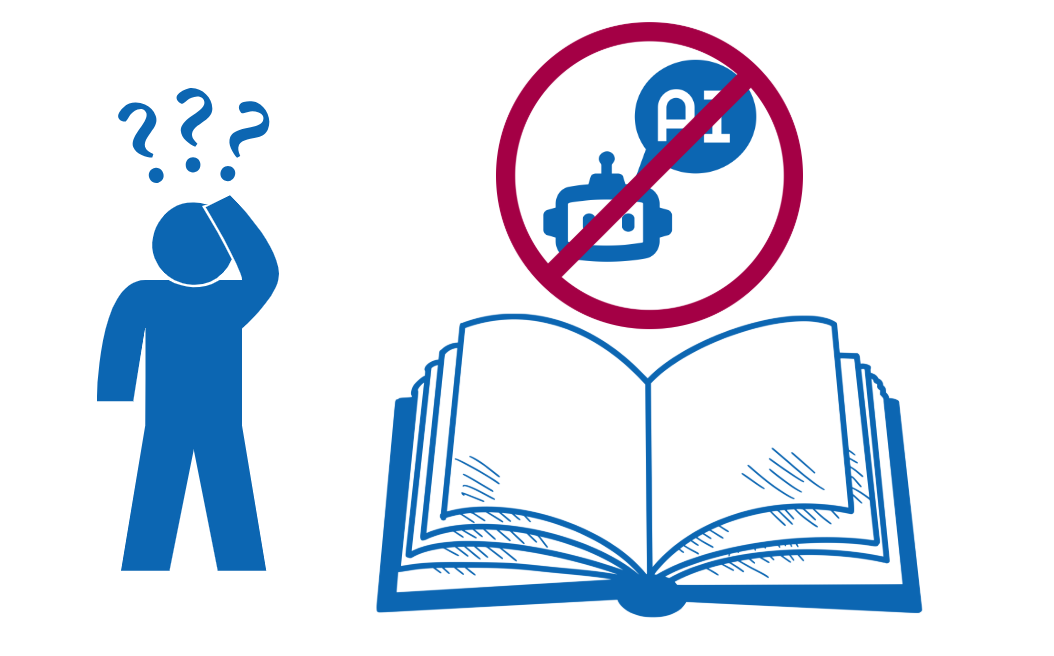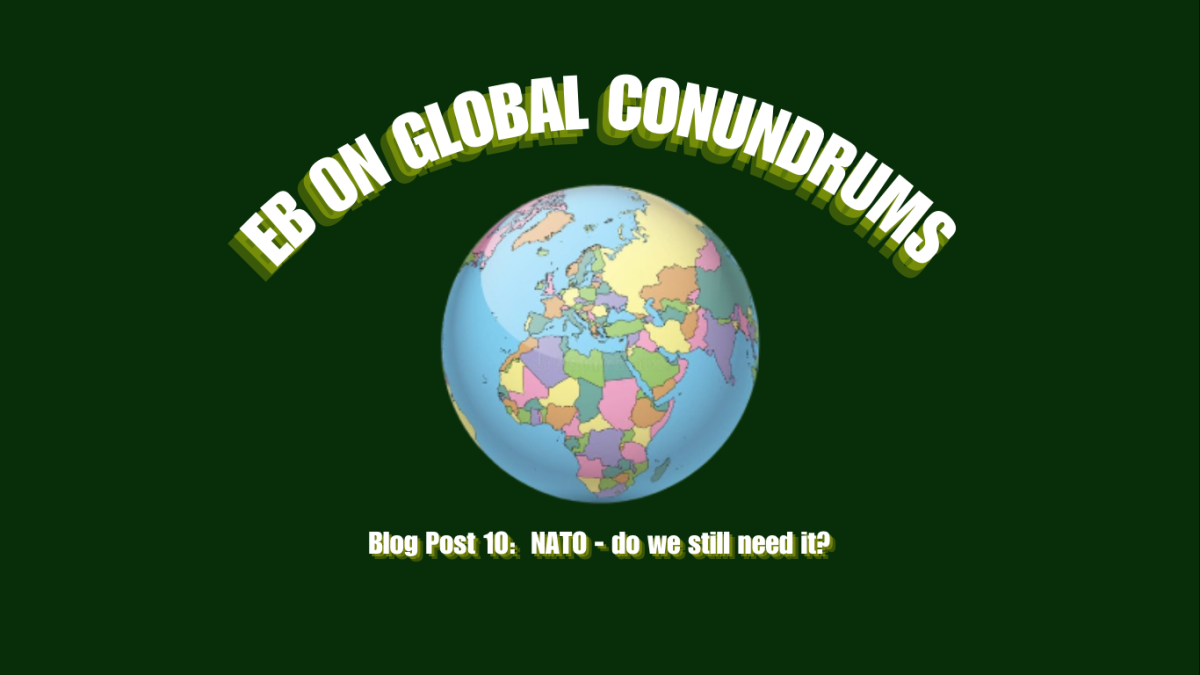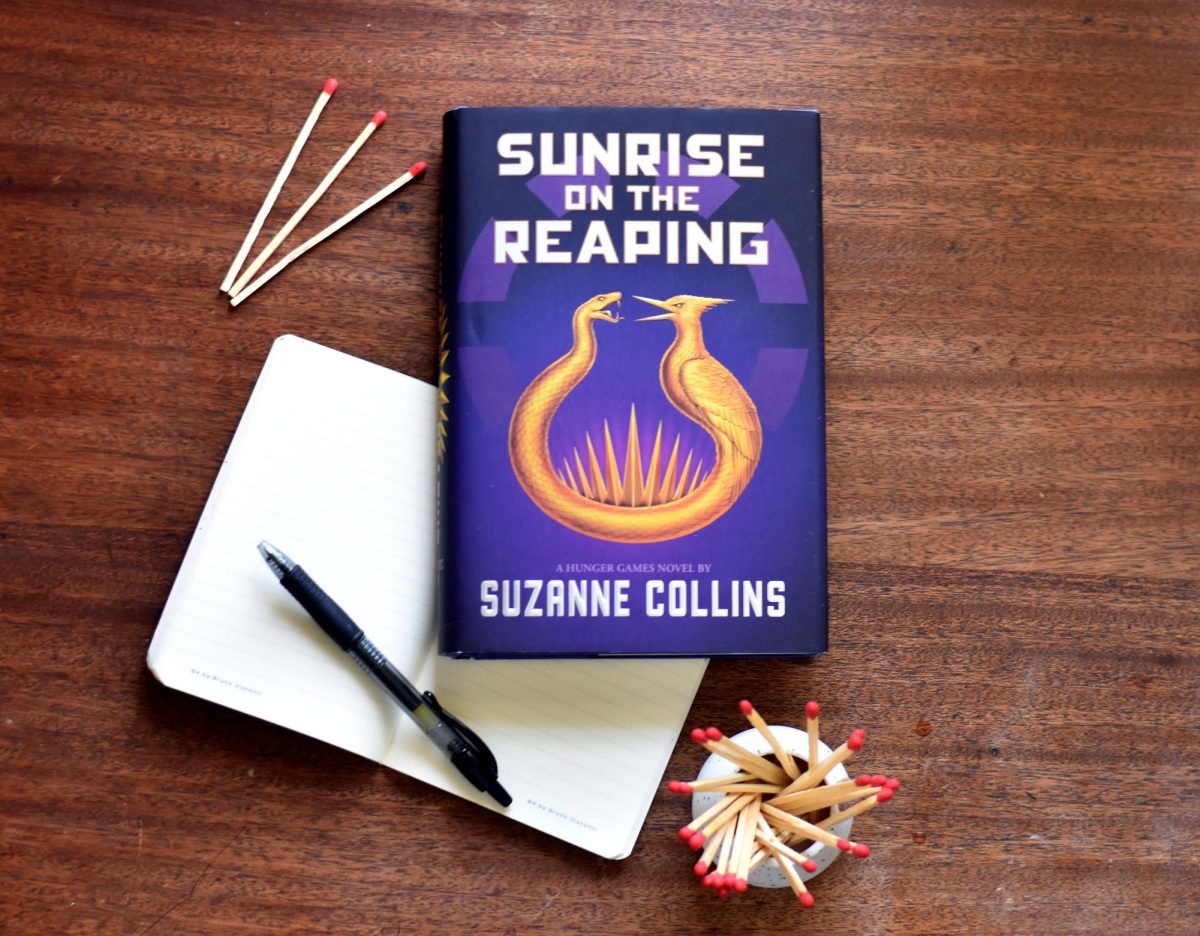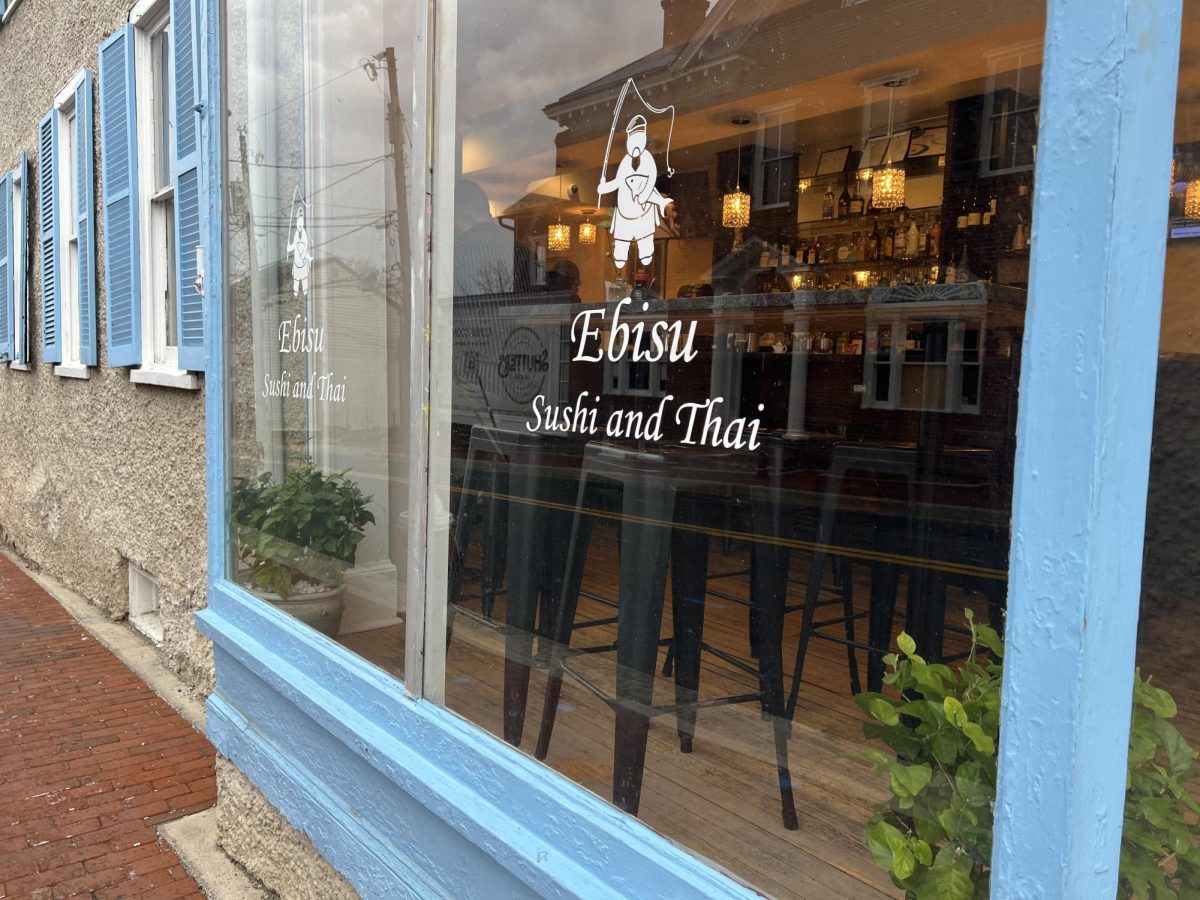As someone who is dehydrated more often than not, I’ve never been too interested in buying a new water bottle. I’ve got one already: a Zak! 24 oz stainless steel water bottle, and, when I actually use it, it does the job just fine.
Water bottle brands have been a cycling trend for a hot minute now. With growing concerns about the future of our environment, products promoting sustainability have gained a prominence like never before.
But the very concept of sustainability is at odds with companies’ bottom lines. No brand wants you to buy just one of their products to use for life; they want you to come back again and again.
No reusable water bottle is just a bottle — it has to be a cultural icon, a trend, a status symbol. And in 2024, it has to be a Stanley Quencher.
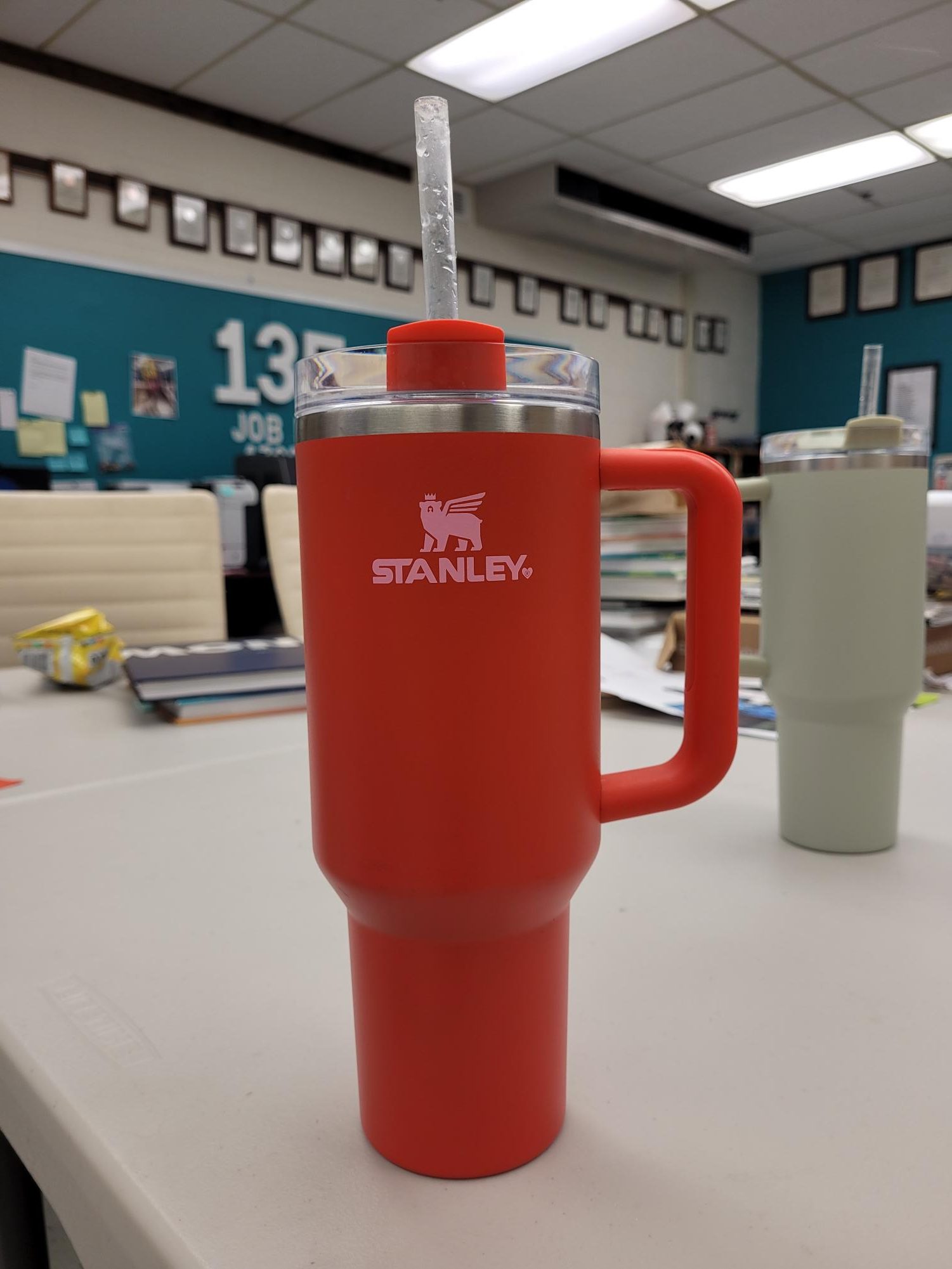
The Stanley Quencher is a travel tumbler, ranging from 14 oz to 64 oz in size, designed to maintain temperature with its double-wall vacuum insulation. It has a handle and a straw and comes in a variety of colors and designs. The cup is large but has a smaller lower half to fit in cup holders.
By all accounts, it’s a good water bottle. Most reviews applaud its durability, quality and ease of cleaning. Any complaints of spilling or inconvenience are quickly remedied by the many Stanley accessories advertised on third party websites.
The only complaint that’s tarnished the Stanley Quencher’s reputation is about the lead pellets they use to seal the cups’ insulation. While lead is a genuine concern, this issue is overstated. Lead exposure is primarily a risk to the workers in Stanley factories and consumers who severely damage their cups.
Your typical consumer loves their Stanley Quencher — although some may love them a little too much. This water bottle has become an obsession, with people hoarding cups, fighting at Target and stealing $2,500 worth of the things.
How has a welcome shift towards sustainability become a repeating trend of buyer mania?
The answer is advertising.
Stanleys, Hydro Flasks and Yetis are all perfectly serviceable water bottles, but each became cultural icons through careful marketing.
Many attribute the initial popularity of Stanleys to a viral TikTok from November, 2023 where a 40 oz Stanley survives a car fire with the ice inside still intact. In reality, the path to popularity began in 2020 when Stanley hired a new president, Terrence Reilly.
Reilly was previously the chief marketing officer at Crocs or, in other words, the man responsible for transforming Crocs from a practical shoe into the ironic and iconic footwear they are today.
Suffice to say, he is good at his job. The Stanley Quencher was selling so poorly that the company discontinued it entirely — now, it’s Stanley’s best selling bottle.
The only reason the Stanley Quencher stayed alive those few years was because of three women behind a product curation company, The Buy Guide. They recognized the appeal of the cup and, in 2019, bought 5,000 of them to sell on their site. They sold out in 5 days.
While not all companies understand how to market their products to women, Stanley knows its audience. Stanley didn’t just make their products pink, they appealed to women’s need for practicality and aesthetics, as well as their general desire for greater health and fitness.
Perhaps even more lucrative, however, is Stanley’s marketing to Gen Z. Youth marketing allows brands to create a consumer base, rather than convincing older consumers to switch products. Not to mention that the rise of social media makes marketing to teens easier than ever.
Our generation makes up a significant portion of users on these social media platforms — we set trends, everyone else emulates us.
That’s why it’s essential that we understand how this marketing affects us.
Since birth, we’ve had nearly unlimited access to the internet — neither the government nor our parents have fully caught up with current tech. Brands are constantly advertising to us and, in an effort to bypass ad-blockers, are becoming far more insidious.
Whether it’s undisclosed Tiktok ads, brand memes on Twitter (X) or your favorite YouTuber telling you to play Raid Shadow Legends, these ads are everywhere. Everyone’s selling you quick solutions and instant-gratification, vying for your attention as you doom-scroll down the new For You page clone.
The idea behind the “free market of ideas” is that products will become popular because they fill a gap in the market; products will only succeed if they’re something we want.
Advertising takes this power away from us. Through advertising, brands manufacture hype — they convince us the solution to all our problems is mindless consumption and retail therapy.
You might need real therapy. Or you might need a planet that’s not getting more unlivable by the second.
A reusable water bottle will get you neither.
We need to go beyond the aesthetics of sustainability and health. We need to start pursuing the messy reality of it.
Our generation has more power than we’re given credit for. We can use it for more than TikTok trends. We can use it to promote real change in this world and in ourselves.
And maybe, just maybe, that still means buying a Stanley. I mean, they do seem like good water bottles. But before you click “Add to Cart,” ask yourself: Wait, why am I buying a $45 Stanley Quencher?
Your donation will support the student journalists of Loudoun Valley High School. Your contribution will allow us to purchase equipment and cover our annual website hosting and publishing costs.



